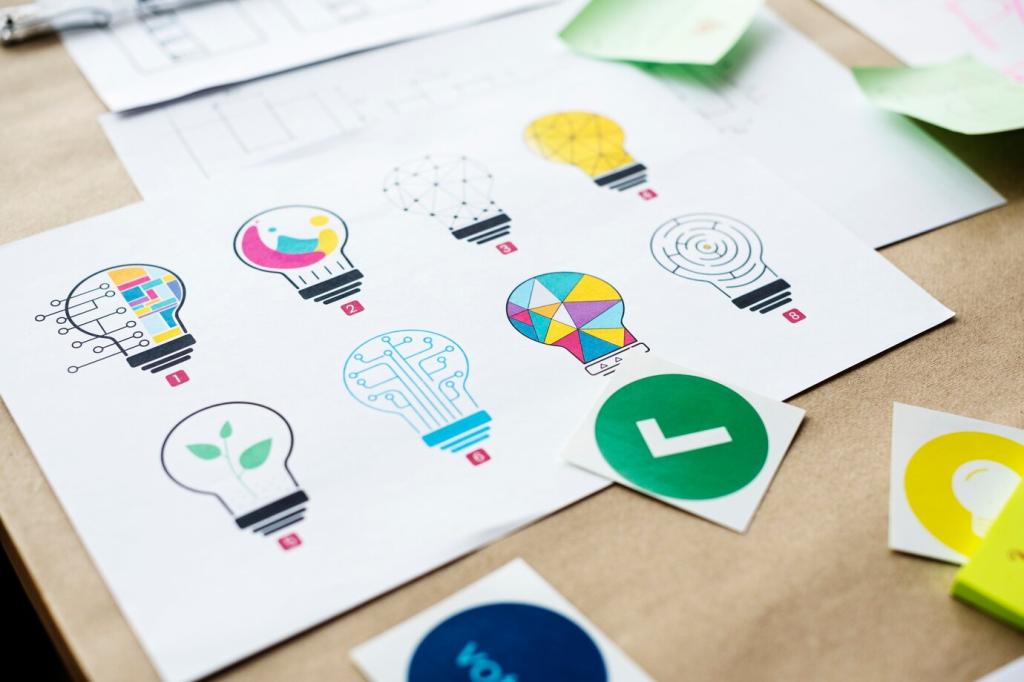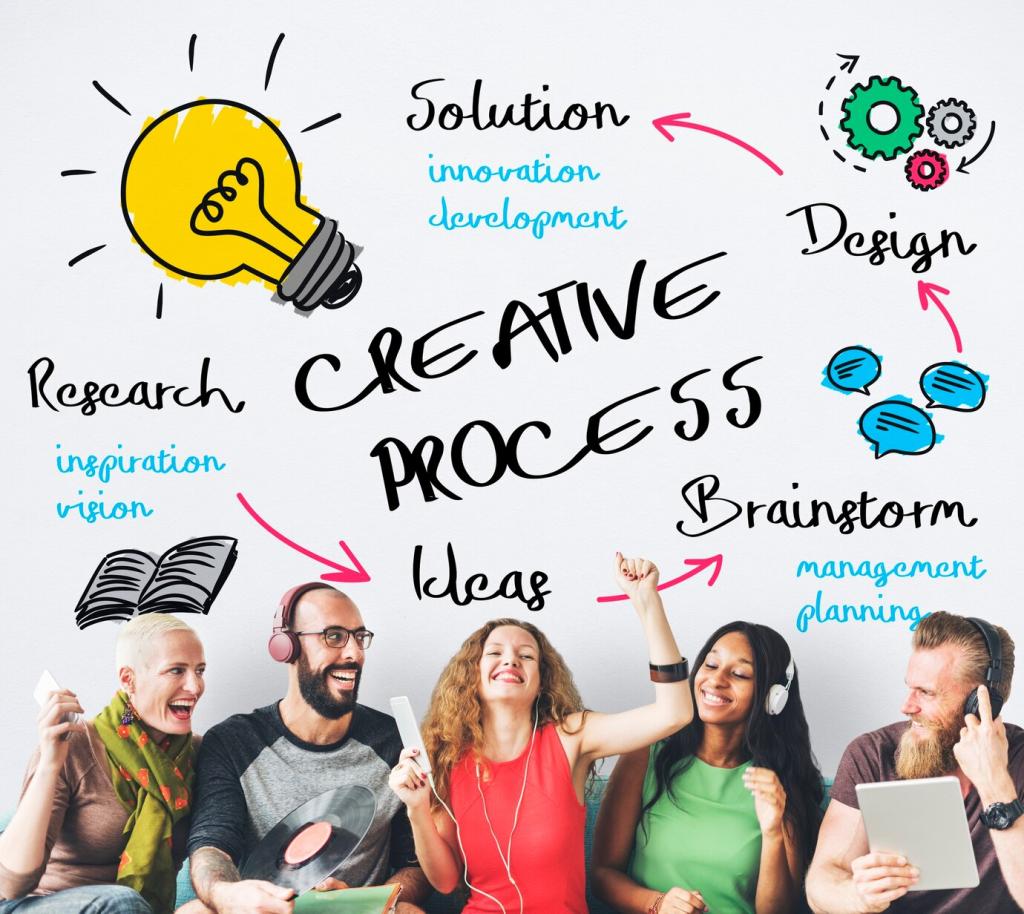
Quiet Power: Incorporating Acoustics for Increased Productivity in Office Design
Chosen theme: Incorporating Acoustics for Increased Productivity in Office Design. Discover how thoughtful sound strategies transform busy offices into focused, energized workplaces. From material choices to cultural habits, we’ll explore practical, evidence-informed approaches you can apply today. Share your challenges, subscribe for fresh insights, and help shape a more productive soundscape for every teammate.
Irrelevant speech pulls attention like a magnet, loading working memory and forcing the brain to filter words it never asked to hear. Over time, this invisible effort compounds into fatigue, errors, and delays. What words leak into your day? Share a moment when noise derailed your best thinking.
Why Sound Shapes Work
Designing Soundscapes and Zones
Design these areas with high absorption, lower speech intelligibility, and minimal through-traffic. Think acoustic ceilings, wall panels, and soft finishes that dampen keyboard chatter and chair movement. Add subtle etiquette cues and visual signals for heads-down time. Would your team respect such boundaries? Share your thoughts and subscribe for printable guidelines.
Materials That Matter

Acoustic ceiling tiles and floating clouds cut reverberation overhead, especially in open-plan areas where hard surfaces dominate. Suspended forms can be sculptural, turning performance into art. Consider placement over desk clusters and circulation paths. What ceiling types do you have today? Share photos or specs, and we’ll suggest targeted upgrades.
Layout, Furniture, and Micro-Architecture
Acoustic Screens and Desk Dividers
Upholstered screens near mouth level interrupt direct sound paths, lowering intelligibility between neighbors. Curved partitions prevent sound beaming across aisles. Mix heights to balance privacy and sightlines. If your team resists screens, try soft edge elements first. Would a modest divider help you focus? Tell us where you’d put it.
Phone Booths and Retreat Rooms
Compact, well-ventilated booths capture calls before they escape into open areas. Prioritize doors that seal, ventilation that is quiet, and interior absorption. Reserve micro-rooms for short, focused tasks. If booths are always busy, add two more. How many private nooks would change your day? Share your estimate with us.
Smart Placement of Noisy Functions
Printers, dishwashers, and coffee grinders belong away from focus seating and adjacent walls. Tuck them into buffered zones with durable, absorptive finishes. Cluster meeting rooms to concentrate chatter. Which machine is your loudest culprit? Name it below, and we’ll map a better home for it in your plan.
Sound Masking and Smart Tech
What Sound Masking Really Does
Sound masking introduces a gentle, uniform signal that reduces speech intelligibility, making voices less distracting. It does not silence conversations but makes them less understandable at a distance. When tuned correctly, people feel calmer. Have you experienced masking before? Share your impression so others can learn from it.
Sensors and Real-Time Tuning
Occupancy and noise sensors reveal peak chatter times and hotspots. Use data to adjust masking levels, schedule quiet hours, or refine layouts. Start with pilot zones and compare outcomes to baseline surveys. Would your leadership respond to data-driven proposals? Comment, and we’ll suggest a simple starter dashboard.
Headsets, Mics, and Meeting Equity
Quality headsets and directional microphones capture voices cleanly without raising volume across the room. Pair tech with etiquette so hybrid meetings feel fair to remote teammates. Provide docking drawers so gear is easy to find. What tools does your team prefer? Tell us and we’ll recommend acoustic-friendly options.
The Challenge They Faced
In a bright, beautiful open plan, every demo, standup, and coffee chat carried. Developers wore headphones all day, yet still overheard every joke and client update. Deadlines slipped as context-switching spiked. Have you seen this pattern? Comment if it feels familiar—we’ve heard it from teams of every size.
The Design Moves That Worked
They added ceiling clouds above desks, installed felt baffles near collaboration clusters, and introduced two phone booths close to sales. Printers relocated to a buffered copy bay with rugs and wall panels. Etiquette cues and booking rules clarified intent. Which move would you try first? Tell us your shortlist.
The Outcomes They Noticed
Within weeks, interruptions dropped, and sprint reviews felt smoother. People reported fewer afternoon slumps and less reliance on loud music to concentrate. Meetings spilled less into focus zones, and new hires adapted quickly. Ready to replicate these results? Subscribe for step-by-step checklists and share your baseline today.
Measuring Success and Iterating
Walk the floor at different times, noting hotspots, echoes, and behaviors. Record simple noise levels and speech clarity impressions. Capture task types and team pain points. Numbers matter, but patterns matter more. Would a one-week diary help your team? Comment and we’ll outline a quick protocol.


Measuring Success and Iterating
After changes, run short surveys and focused interviews. Compare workload, error rates, and time-to-focus. Ask how often people retreat to booths or switch desks. Track trends monthly and celebrate small wins. What question reveals the most for you? Share it, and we’ll help refine your survey.
Etiquette and Culture of Quiet
Invite teams to co-create guidelines so rules feel owned, not imposed. Post simple cues near zones and revisit them quarterly. Reward good habits with visible appreciation. What norm would reduce friction tomorrow? Share it, and we’ll suggest language that feels positive and practical.
Mute by default in open areas, take animated calls to booths, and use status lights for heads-down hours. Keep snacks crunchy-free near focus zones. Small acts compound into serenity. Which micro-habit could you adopt today? Comment below and inspire someone else to try it.
Track fewer interruptions, quieter afternoons, and smoother meetings. Share mini-successes at standups to reinforce change. Tie outcomes to business goals so everyone sees impact. Ready to champion better sound? Subscribe, and tell us what win you’ll celebrate first in your team’s journey.

